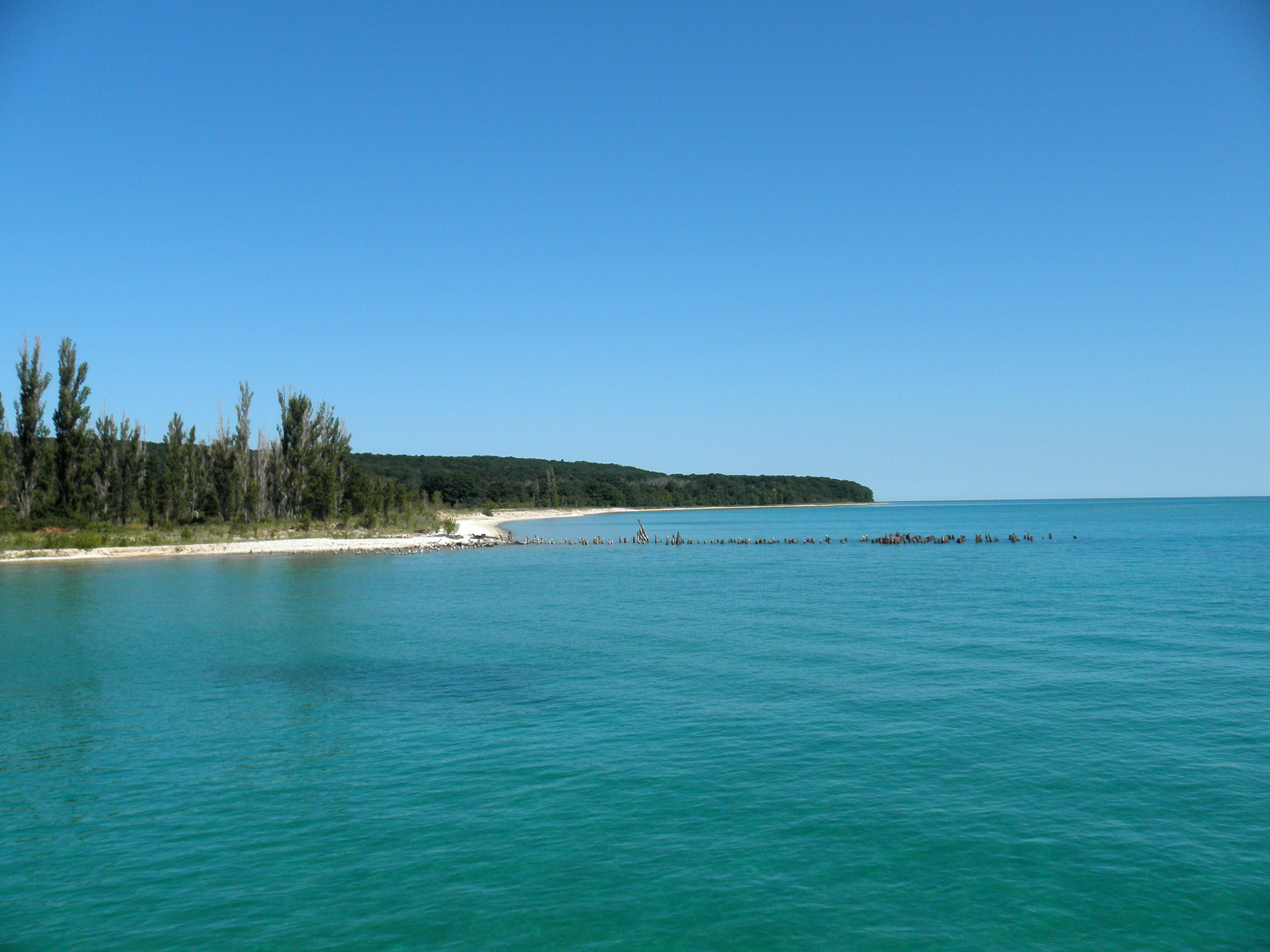

Then repeat.ĭeforestation has all sorts of troubling side effects, from shrinking habitats for forest species to increased global warming via a reduction in carbon dioxide–absorbing trees. The newly cleared land can only sustain crops for a few years until heavy rains erode the soil, at which point it's turned over for cattle. You can see a more detailed progression in these images: New roads protrude into the forests like fishbones, with nearby trees vanishing soon after. By 2008, that was up to 34 percent - an area the size of West Virginia. In 1978, 2 percent of the state's rainforest had been cleared. The image above shows the state of Rondônia in western Brazil, one of the most deforested parts of the Amazon. Rondônia has lost an area of forest the size of West Virginia And as the world's population soars past 7 billion, the pressure for cropland is only growing. Humans have been clearing forests to make way for farms and pastures for at least 7,000 years. Satellite images of Rondônia in western Brazil, taken in 1975 (left) and 2009 (right).

Here are 14 of the most revealing changes: 1) Rainforests get swallowed by farms in Brazil In its "Images of Change" series, the agency has posted a number of before-and-after images showing the exact same rainforest or glacier or city years or decades apart. So what does this look like? In recent decades, NASA has been tracking the major transformations we've wrought via satellite. "To a large extent," two scientists wrote in 2015, "the future of the only place where life is known to exist is being determined by the actions of humans." We've cleared away forests, dammed up mighty rivers, paved vast roads, and transported thousands of species around the world. Human beings have replaced nature as the dominant force shaping Earth.


 0 kommentar(er)
0 kommentar(er)
